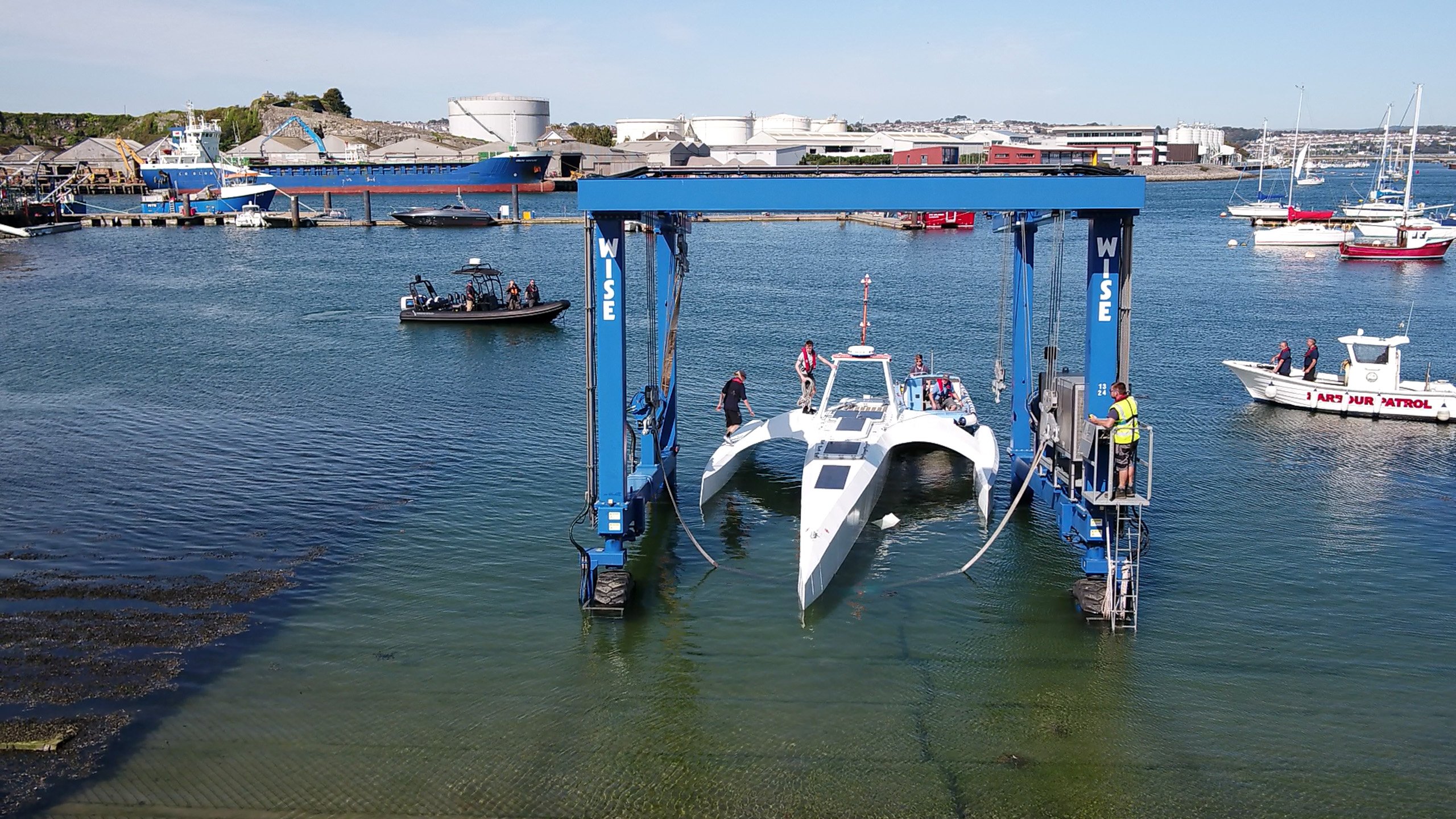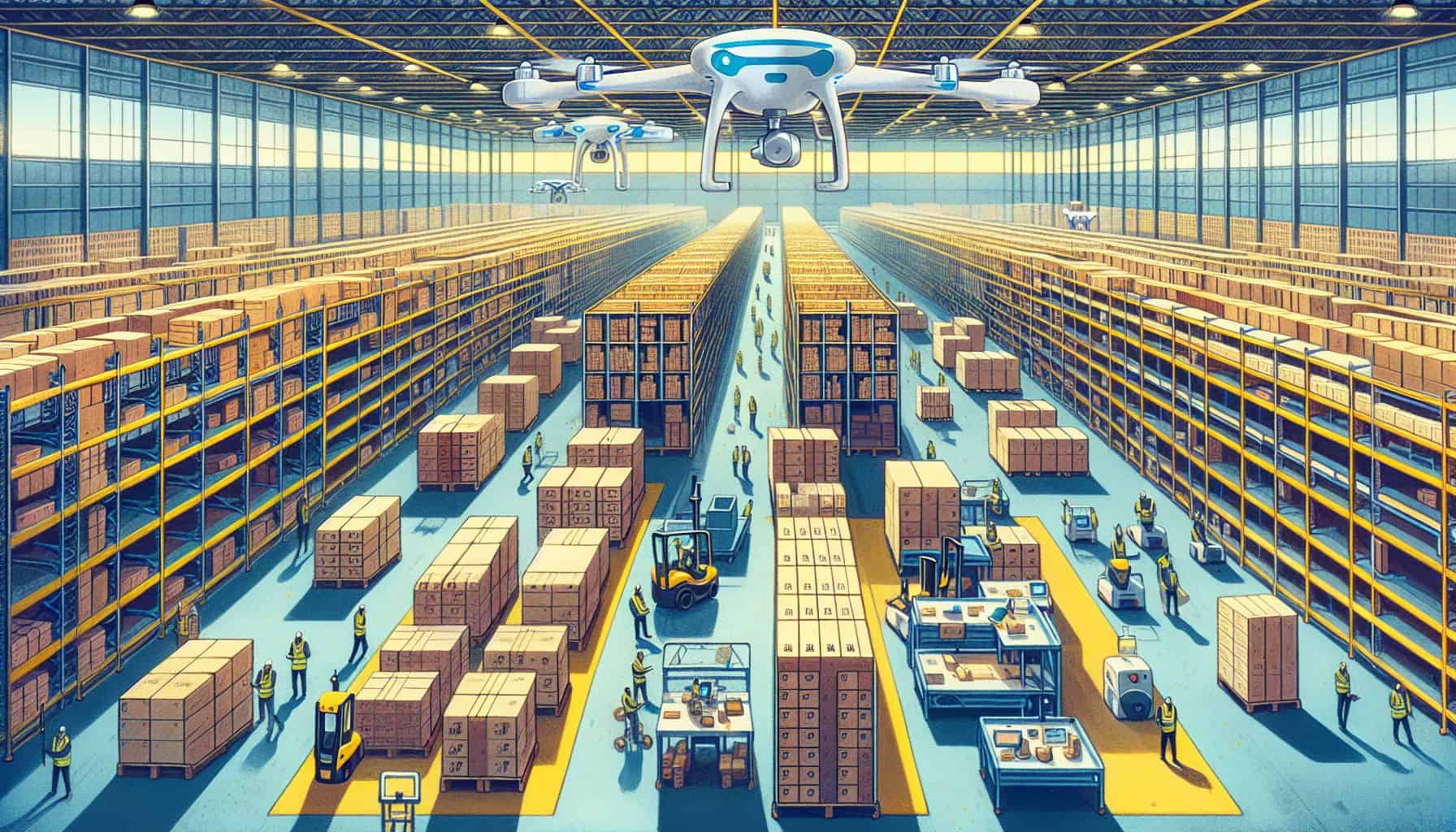
In the coming years, shipping must become considerably more economical and innovative to achieve climate targets. The sector is working hard on this.
This week, two ships set sail, both of which represent a completely new chapter in the shipping industry. The Mayflower began its first voyage as an autonomous ship and the Swedish Oceanbird, which emits 90 percent less CO2 thanks to innovative propulsion, also came into service.
Postponed trial runs
In March 2020 Innovation Origins already reported on the trial runs of the Mayflower. Due to the corona crisis, they were postponed by half a year. According to the Intergovernmental Oceanographic Commission, too little information was available about the weather and climate changes. This was because there were considerably fewer flights. Aircraft collect large amounts of meteorological data. Without it, the safety of the autonomously sailing ship would have been endangered.
The autonomous ship Mayflower
The Mayflower, a British-American robot ship that will carry out marine biological research, is the first large ship to cross the Atlantic Ocean without a captain, crew or fossil fuels. Instead, the ship sails on a combination of wind and solar energy. The Mayflower Autonomous Ship (MAS) is an initiative of ProMare, a non-profit organization engaged in marine research. The coming months will be used for trial runs. These sailings are intended to prepare the ship for crossing the Atlantic Ocean, which will take two to three weeks.
The Oceanbird
Last week the Swedish shipping company Wallenius Marine also introduced a new type of cargo ship: the Oceanbird. This ship is intended for the transport of trucks and cars. Compared to other cargo ships, it emits 90 percent less CO2 and has room for 7,000 cars.

The Oceanbird is propelled by five large folding sails attached to the hull of the ship. Everything on the ship is designed to work optimally with the air currents. To make the best use of the wind, the sails can rotate 360 degrees. Partly because of this, they resemble those of smaller boats in both function and shape. Currently, scale models of the ship are being tested in laboratories in Sweden. The aim is to finish the design next year and to have the first ship ready in 2024.
Green Deal
The ship is an important development for the shipping industry, where CO2 emissions still have to be reduced enormously. In the Green Deal that the Dutch maritime transport sector concluded last year with Minister Van Nieuwenhuizen of Infrastructure and Water Management, it was agreed, among other things, that the shipping industry must achieve an absolute CO2 reduction of 70 percent compared to 2008. A climate-neutral shipping industry must also be achieved as soon as possible after 2050 and in any case before the end of this century.








